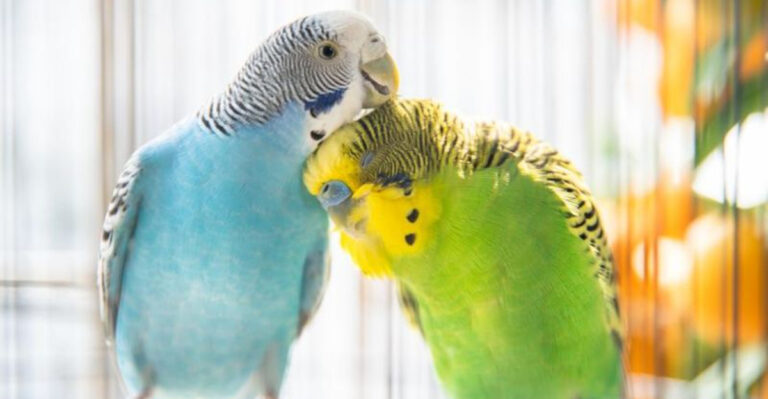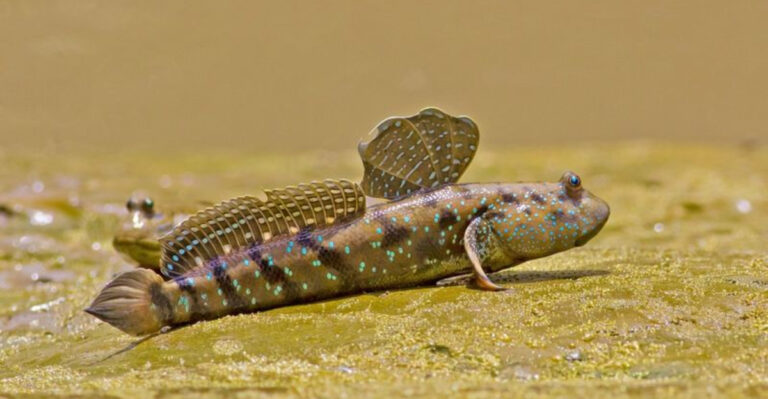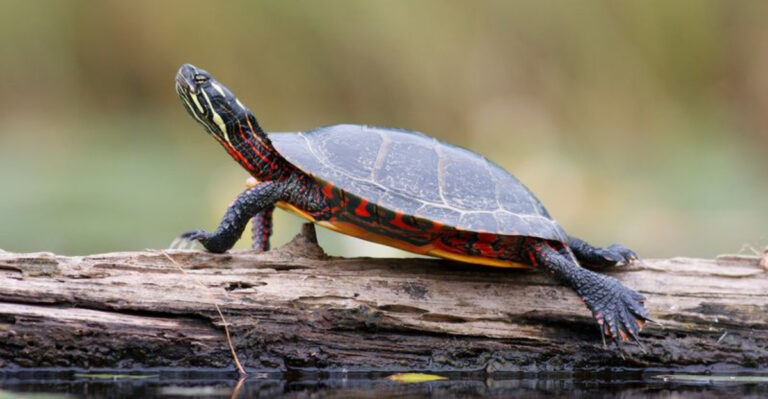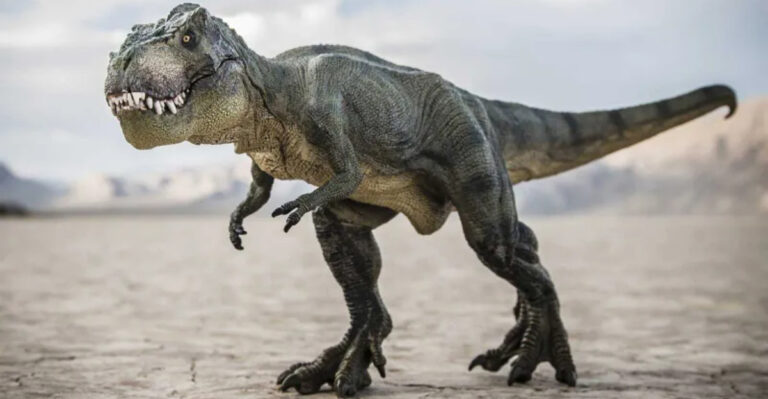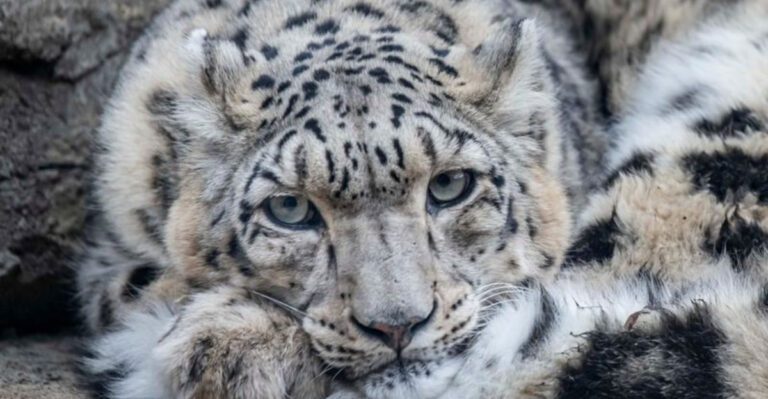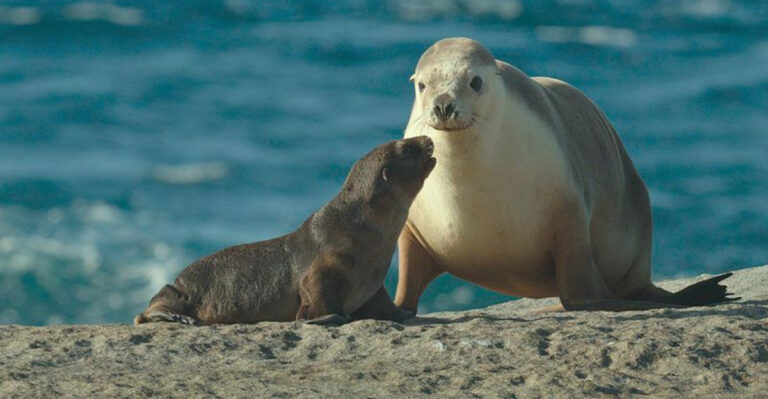20 Animals That Could Survive A Nuclear Apocalypse
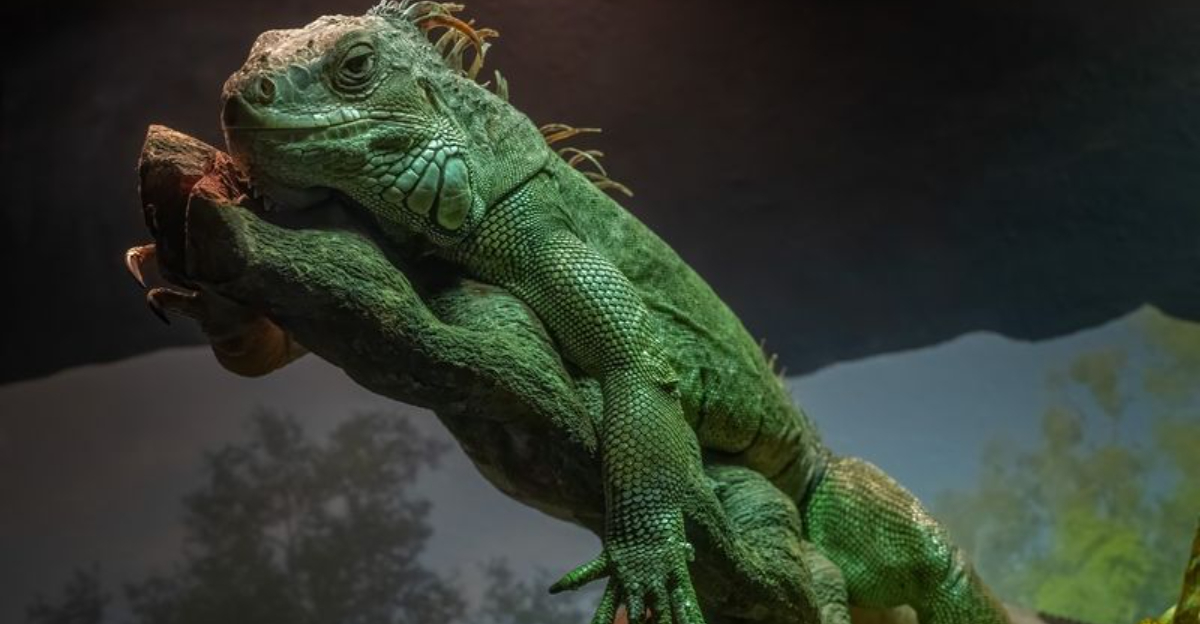
Imagine a world where the very fabric of life is torn apart by the unimaginable force of a nuclear apocalypse. In the aftermath, while many species may falter, some extraordinary creatures could endure, adapting to the hostile new world.
These animals possess remarkable traits that allow them to resist radiation, survive without food or water for extended periods, or thrive in extreme conditions. Let’s explore these resilient survivors, each with unique capabilities that make them the unexpected champions of a post-apocalyptic Earth.
1. Tardigrades
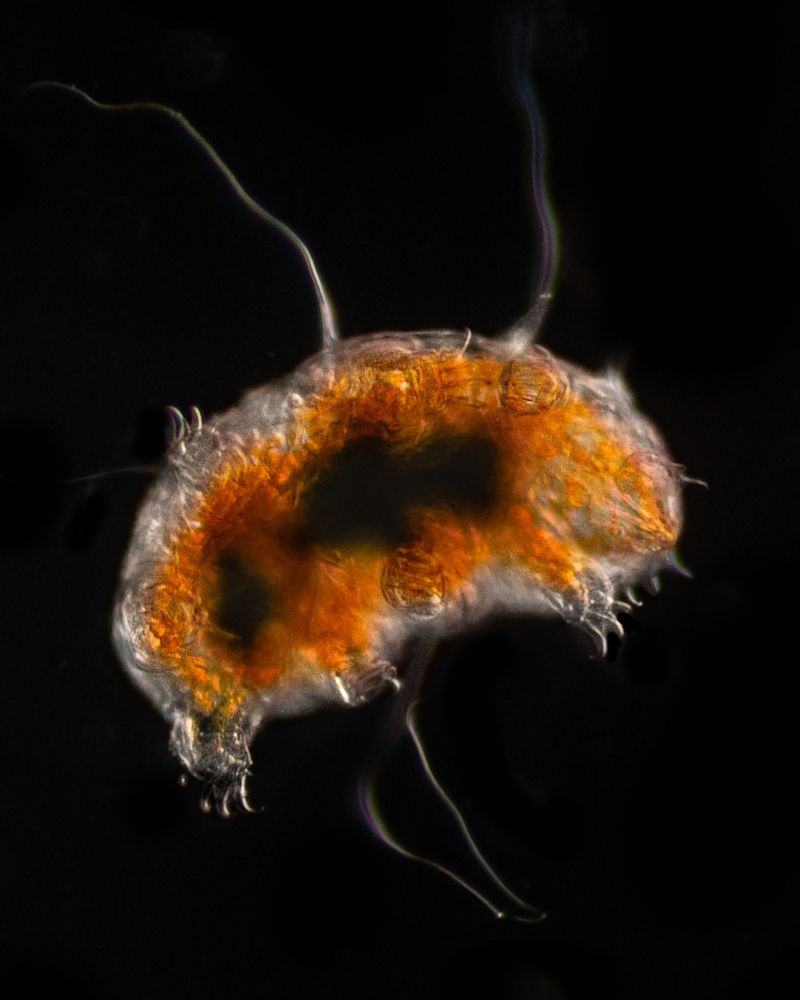
Tardigrades, affectionately known as water bears, are microscopic marvels. These tiny creatures boast an extraordinary resilience, capable of withstanding the harshest environments, including the aftermath of a nuclear disaster.
Their incredible ability to enter a cryptobiotic state allows them to survive extreme radiation levels that would obliterate most life forms. In this state, they essentially shut down their metabolism, becoming almost indestructible.
With a size of less than a millimeter, tardigrades are virtually invisible to the naked eye, yet their survival skills are legendary. They can endure temperatures from nearly absolute zero to above boiling, and pressures six times greater than the ocean’s deepest trenches.
Tardigrades’ toughness is unmatched, making them one of the most likely candidates to withstand the catastrophic conditions of a nuclear apocalypse. Their unyielding spirit showcases that even the smallest creatures can possess the utmost resilience.
2. Cockroaches
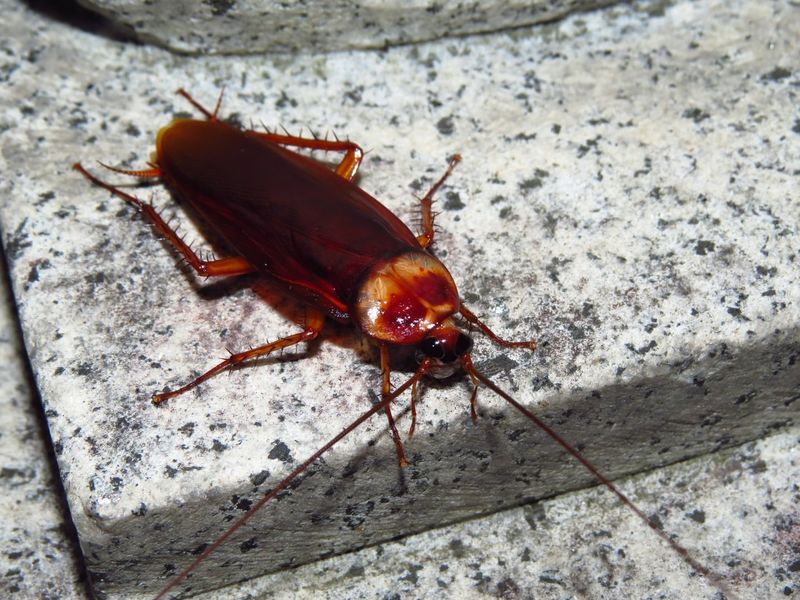
Cockroaches have long been rumored to survive nuclear blasts, and for good reason. These resilient insects have an exceptional ability to thrive in dire conditions where radiation levels soar.
Their exoskeleton provides formidable protection against radiation, enabling them to continue their scuttling existence while other species fade away. Despite their reputation for being pests, cockroaches’ survival instincts are unparalleled.
Able to live for weeks without food and sustain themselves on mere scraps, these insects exemplify adaptability. With rapid breeding cycles, they can quickly repopulate even the most barren landscapes, ensuring their lineage persists.
In a world turned upside down by nuclear catastrophe, cockroaches would likely find a way to thrive, proving that sometimes the most underrated creatures hold the key to enduring life’s most brutal challenges. Their presence would be a testament to the tenacity required for survival.
3. Scorpions
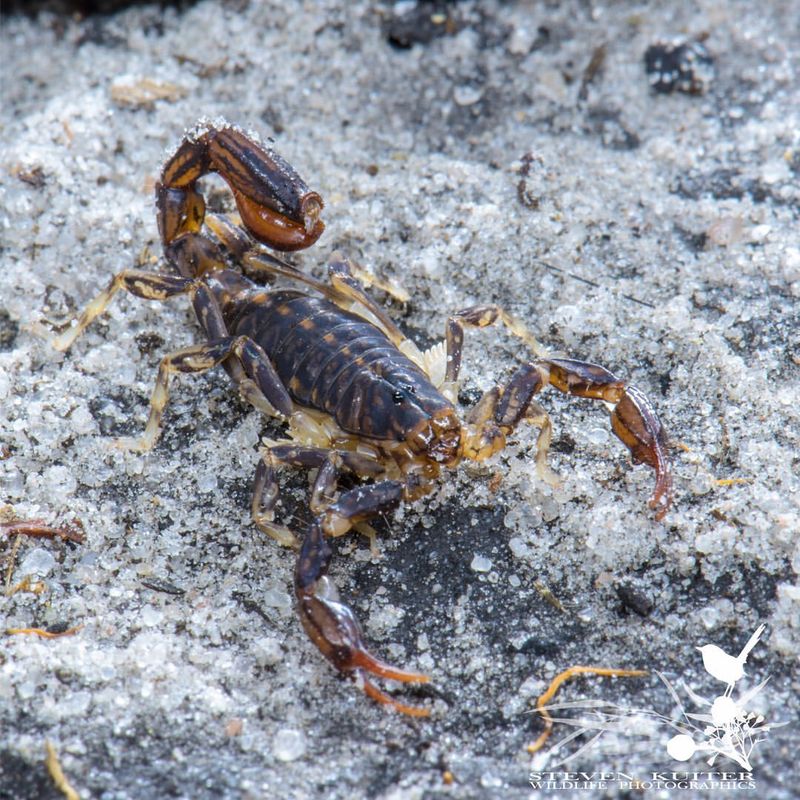
Scorpions are ancient survivors, having roamed the Earth for hundreds of millions of years. Their resilience is legendary, especially in the face of nuclear devastation.
These arachnids are masters of survival, possessing the ability to slow down their metabolism and survive on minimal resources. Remarkably, scorpions can withstand high levels of radiation, making them potential survivors of a nuclear apocalypse.
Their hardy exoskeleton and nocturnal lifestyles protect them from extreme temperatures, while their venomous sting serves as a potent defense against predators. Scorpions thrive in diverse environments, from scorching deserts to dense forests.
Even in a world ravaged by nuclear fallout, scorpions would continue to prowl, a testament to their adaptability and tenacity. Their enduring presence would symbolize nature’s resilience amid chaos, showcasing how life can persist against all odds.
4. Rats
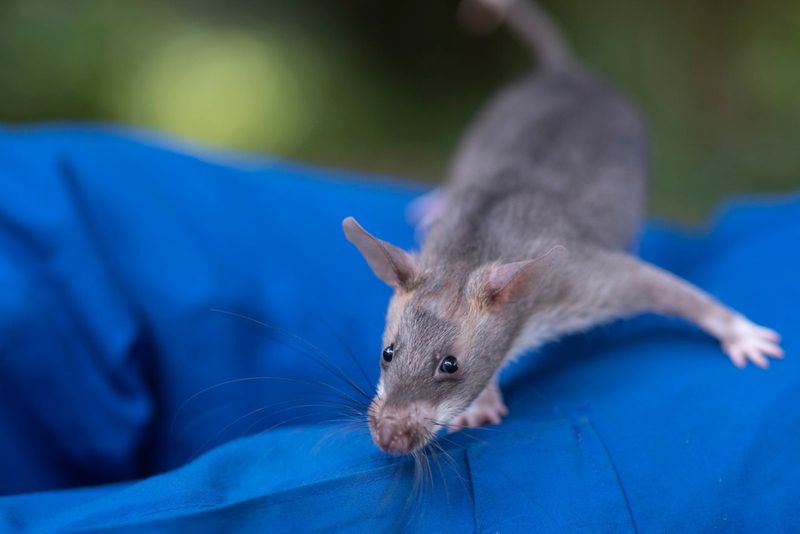
Rats have an uncanny ability to survive in the most challenging environments, making them prime candidates for enduring a nuclear apocalypse.
These rodents are highly adaptable, capable of thriving in both urban and rural settings. Their impressive reproductive rates and omnivorous diet ensure that they can quickly repopulate and sustain themselves on whatever food sources are available.
Rats are known for their intelligence and resourcefulness, attributes that would serve them well in a post-apocalyptic world. Their ability to squeeze through tight spaces and find shelter in the most unexpected places enhances their survival chances.
In the chaos of a nuclear disaster, rats would likely emerge as resilient survivors, continuing to scurry through the remnants of civilization. Their tenacity and adaptability make them a formidable species in the face of global catastrophe.
5. Flour Beetles
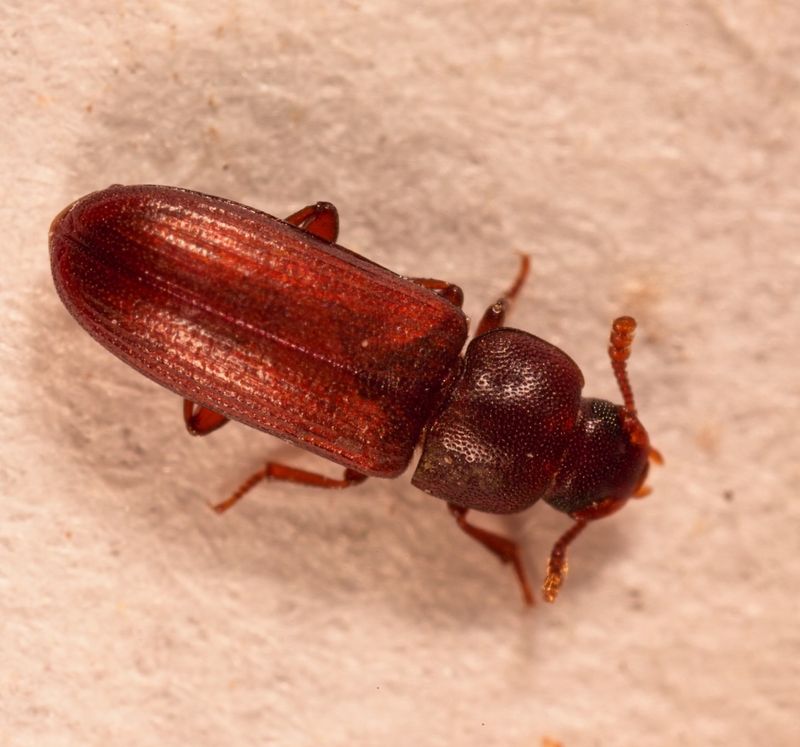
Flour beetles, though often considered pests, possess remarkable survival skills that could see them through a nuclear apocalypse. Their small size and tough exoskeletons make them resistant to adverse conditions, including radiation.
These beetles are incredibly hardy, capable of surviving on minimal food sources such as grains and cereals. Their ability to breed rapidly ensures their populations can recover quickly, even in devastated environments.
In a post-apocalyptic world, flour beetles would thrive in abandoned food stores and pantries, utilizing their resourcefulness to find sustenance. Their adaptability to various climates and conditions strengthens their survival prospects.
As one of the few insects likely to withstand nuclear fallout, flour beetles serve as a reminder that even the most unassuming creatures can possess extraordinary resilience. Their presence in a ravaged world would symbolize the persistence of life amidst desolation.
6. Mummichog Fish
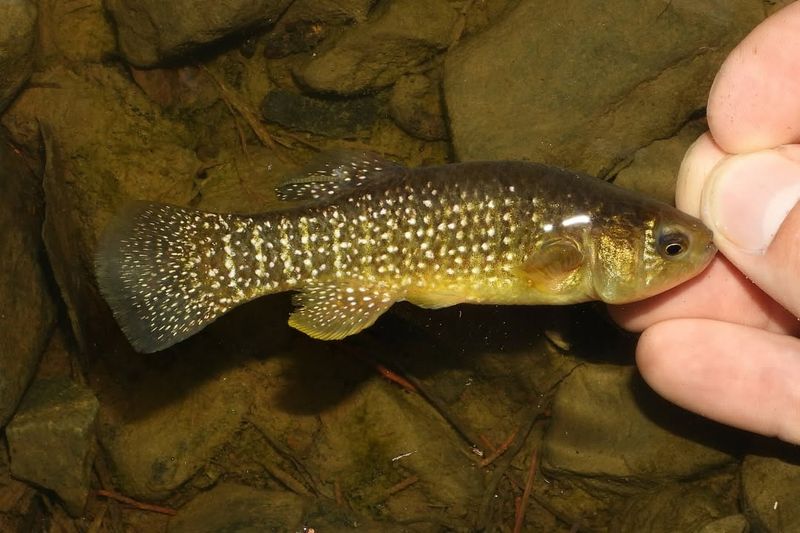
Mummichog fish have gained attention for their ability to endure and adapt to polluted waters. Found in estuaries along the Atlantic coast, these small fish have developed a tolerance to various environmental stresses, including changes in salinity and temperature.
Their adaptability to oxygen-poor environments and polluted conditions makes them a subject of interest in scientific research. Mummichogs have the unique ability to switch to anaerobic respiration, allowing survival in low-oxygen areas.
This resilience highlights their potential to withstand the fallout of a nuclear apocalypse, where clean water may be scarce. As survivors of challenging conditions, they offer insights into evolutionary adaptability.
7. Deinococcus Radiodurans
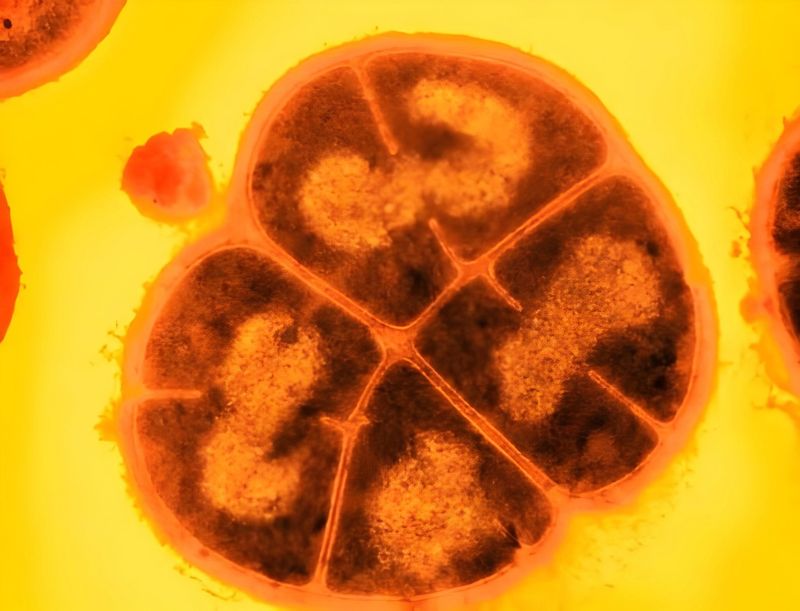
Deinococcus radiodurans earns its nickname, the “Conan the Bacterium,” for a reason. This microscopic bacterium is one of the most radiation-resistant organisms known to science.
Capable of withstanding radiation levels thousands of times higher than what would kill a human, Deinococcus radiodurans would likely thrive in a post-nuclear world. Its unique DNA repair mechanisms allow it to survive and even repair the damage caused by intense radiation.
In addition to radiation, this bacterium can withstand desiccation, acidity, and even the vacuum of space. Its versatility and resilience make it a prime candidate for enduring the challenges of a nuclear apocalypse.
By surviving where few organisms could, Deinococcus radiodurans serves as a beacon of hope for life’s persistence. Its indomitable spirit underscores the incredible adaptability of life’s simplest forms, ensuring its place among the ultimate survivors.
8. Antarctic Krill
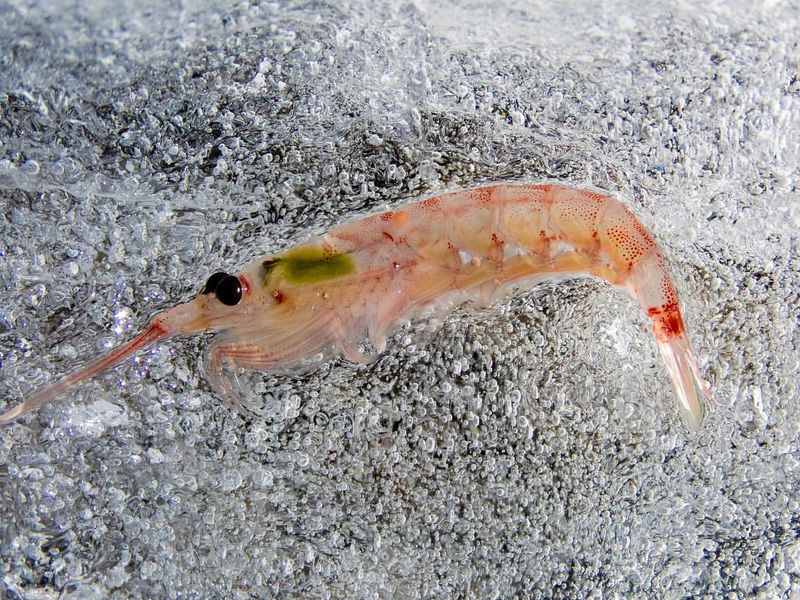
Antarctic krill, tiny crustaceans thriving in the frigid waters of the Southern Ocean, are among the unsung heroes of survival. In the event of a nuclear apocalypse, their remote habitat might shield them from the immediate effects of radiation.
Krill are a crucial part of the Antarctic ecosystem, providing sustenance for many marine species. Their ability to survive in extreme cold and endure long periods without food makes them resilient.
These crustaceans can enter a state of dormancy when food is scarce, slowing their metabolism to conserve energy. This adaptation would be invaluable in a post-apocalyptic world where resources are limited.
Antarctic krill, with their adaptability and vital role in the marine food chain, symbolize the persistence of life in the harshest environments. Their survival would be a testament to nature’s tenacity and the interconnectedness of Earth’s ecosystems.
9. Black Carpenter Ants
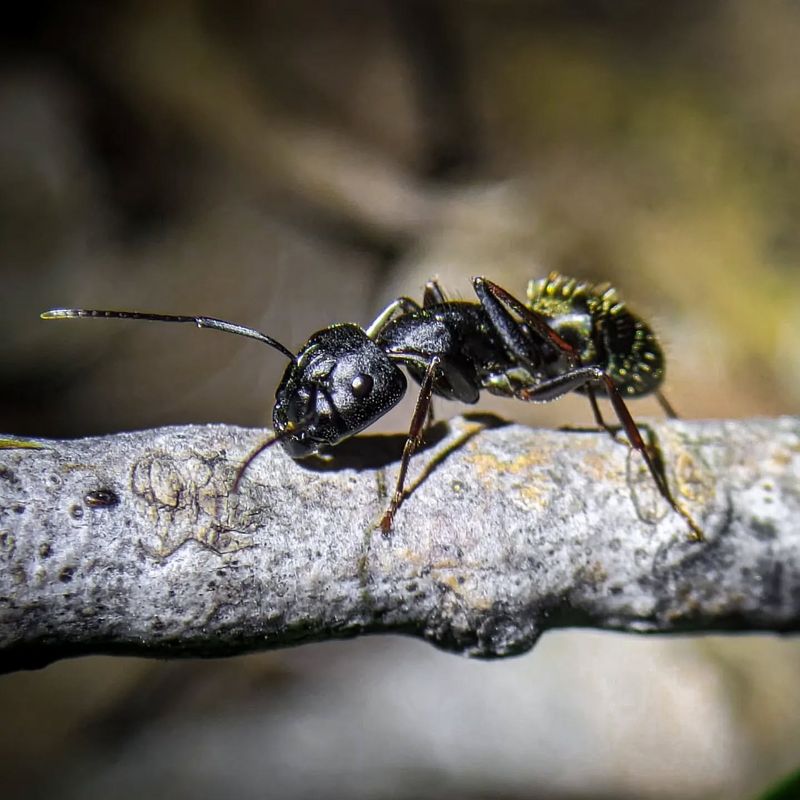
Black carpenter ants, known for their industrious nature, demonstrate remarkable resilience that could see them through a nuclear apocalypse. These ants are adept at finding shelter and food in diverse environments, ensuring their survival.
Their social structure and cooperative behavior enable them to thrive even in adverse conditions. Carpenter ants can excavate wood to create nests, providing them with protection from radiation and predators.
In a world ravaged by nuclear fallout, their ability to forage for varied food sources and adapt to changing conditions would be crucial for their survival. Their keen sense of smell and communication skills allow them to efficiently locate resources.
The survival of black carpenter ants would illustrate the power of teamwork and adaptability in overcoming life’s greatest challenges. Their persistence underscores the importance of cooperation and resourcefulness in the face of global catastrophe.
10. Pompeii Worms
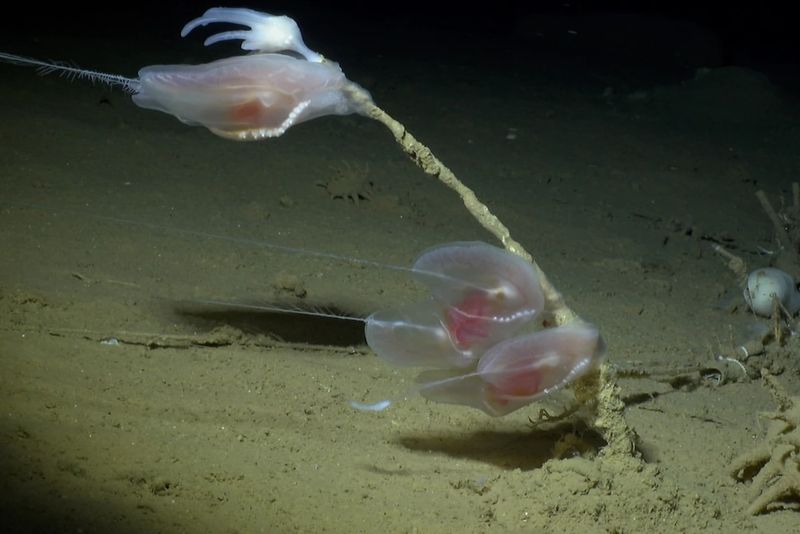
Pompeii worms reside in one of Earth’s most extreme environments: hydrothermal vents. These unique creatures can withstand temperatures up to 80°C (176°F), making them one of the most heat-tolerant animals on the planet.
Their survival is largely due to a symbiotic relationship with bacteria that form a protective layer around their bodies, shielding them from the intense heat. This relationship not only aids in temperature regulation but also in deriving nutrients.
Pompom worms’ ability to endure such extreme conditions suggests their potential to survive extreme post-apocalyptic environments where heat and toxicity might be prevalent. Their existence showcases nature’s extraordinary adaptive strategies.
11. Horseshoe Crabs
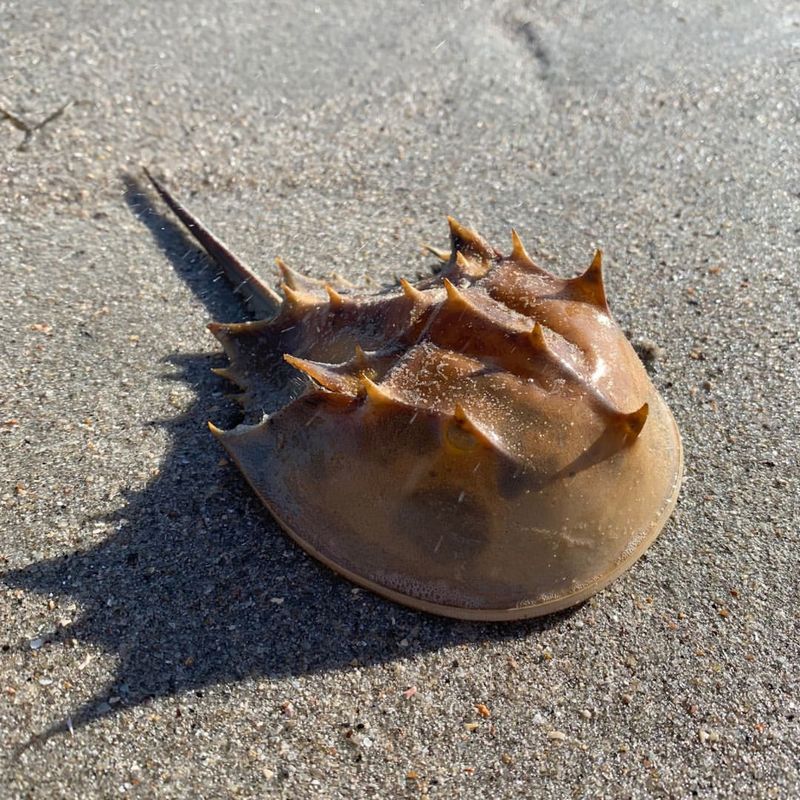
Horseshoe crabs are living fossils, having existed for over 450 million years. Their ability to survive drastic changes in the Earth’s environment makes them potential survivors of a nuclear apocalypse.
These ancient creatures possess a unique set of adaptations, including a strong exoskeleton and blue blood rich in copper, which helps them survive in low-oxygen environments. Their resilience to pollution and ability to withstand varied salinity levels further bolster their survival prospects.
Horseshoe crabs play a crucial role in their ecosystems, serving as a food source for various marine animals. Their endurance would be vital for maintaining ecological balance in a post-apocalyptic world.
The survival of horseshoe crabs would highlight the enduring nature of ancient life forms and the intricate balance of marine ecosystems. Their presence would be a symbol of the timeless persistence of life.
12. Red Foxes
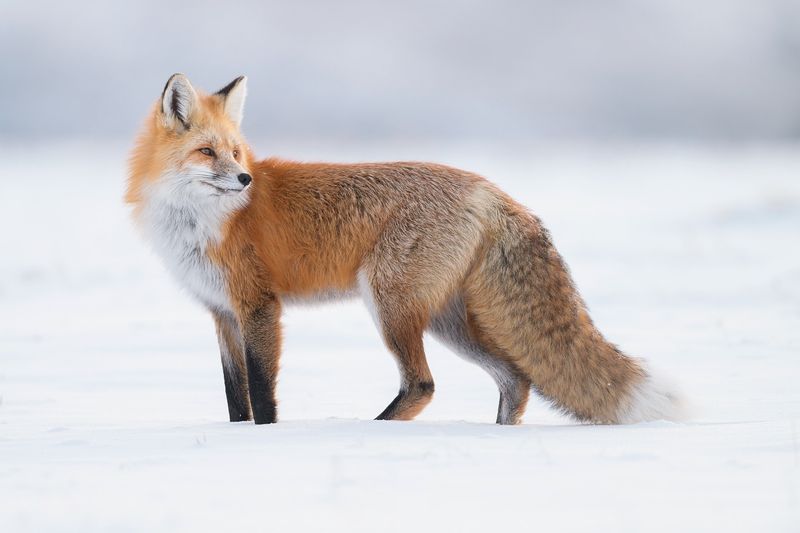
Red foxes are cunning and adaptable, traits that would serve them well in a nuclear apocalypse. Their ability to thrive in diverse environments, from urban areas to remote forests, marks them as potential survivors.
These intelligent mammals can hunt a wide range of prey and scavenge when necessary, allowing them to sustain themselves even when resources are scarce. Their keen senses and agility make them adept at avoiding danger.
Red foxes are solitary creatures, known for their resourcefulness and independence. These qualities would be advantageous in a world where survival depends on quick thinking and adaptability.
In the aftermath of a nuclear disaster, red foxes would likely emerge as resilient survivors, navigating the altered landscapes with their characteristic cunning. Their survival would underscore the importance of adaptability and intelligence in overcoming environmental challenges.
13. Naked Mole Rats
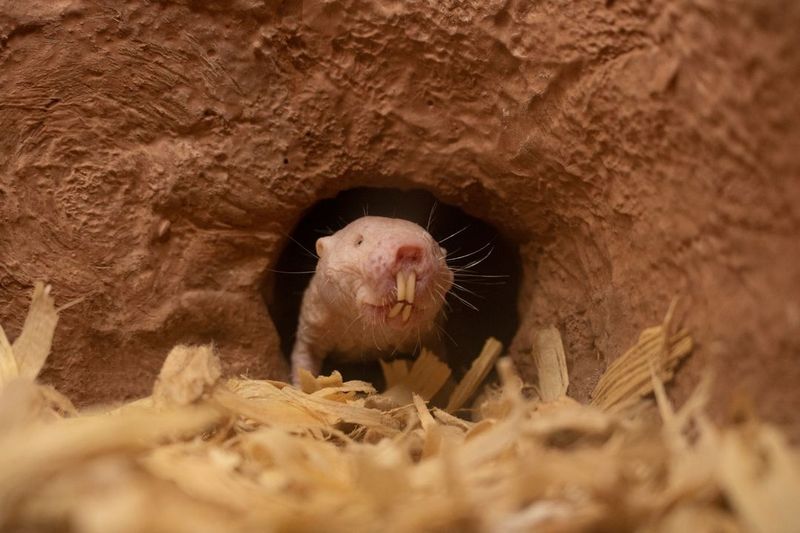
Naked mole rats, with their unique social structure and impressive resilience, could be unexpected survivors of a nuclear apocalypse. These subterranean rodents are adapted to life underground, where radiation levels would be significantly lower.
Their ability to thrive in oxygen-poor environments and withstand extreme temperatures makes them well-suited for survival in a post-apocalyptic world. Naked mole rats live in colonies, working together to ensure the group’s survival.
These rodents have developed a resistance to cancer and pain, further enhancing their survival prospects. Their cooperative behavior and specialized adaptations provide them with an edge in enduring catastrophic conditions.
The survival of naked mole rats would highlight the power of social cooperation and specialized adaptations in overcoming the challenges of a nuclear apocalypse. Their existence would symbolize the resilience of life in its most unique forms.
14. Green Iguanas
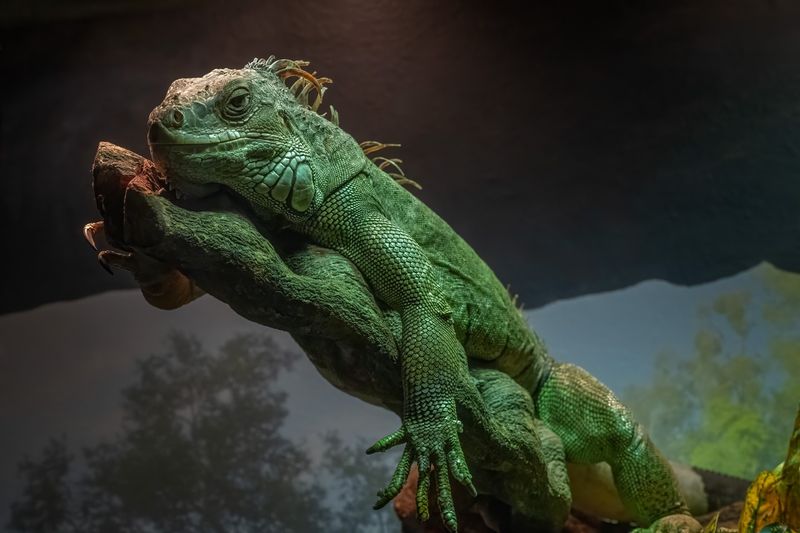
Green iguanas are known for their adaptability and resilience, qualities that could help them survive a nuclear apocalypse. These reptiles are excellent climbers and swimmers, capable of escaping danger and finding refuge in diverse environments.
Their herbivorous diet allows them to sustain themselves on a variety of plant matter, even when preferred food sources are scarce. Green iguanas have a robust physiology that helps them survive in fluctuating temperatures.
In a world disrupted by nuclear fallout, green iguanas’ ability to adapt to new habitats and find sustenance in challenging conditions would be key to their survival. Their calm demeanor and resourcefulness further enhance their chances.
The survival of green iguanas would illustrate the importance of adaptability and ecological versatility in overcoming environmental upheavals. Their presence would highlight the enduring resilience of Earth’s diverse life forms.
15. Snapping Turtles
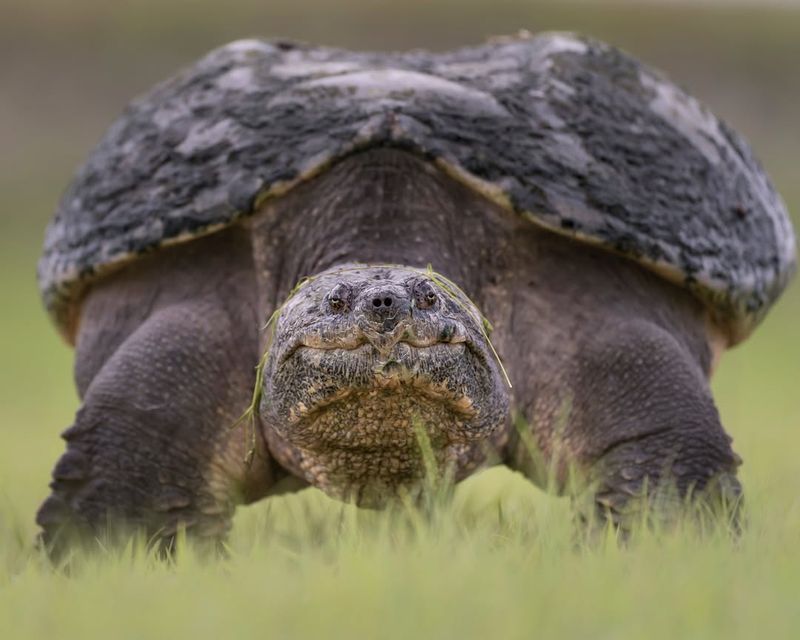
Snapping turtles, with their tough demeanor and adaptability, could be formidable survivors in the aftermath of a nuclear apocalypse. These reptiles are well-adapted to a wide range of aquatic environments, from marshes to rivers.
Their omnivorous diet allows them to consume anything from plants to small animals, making them versatile foragers in a post-apocalyptic world where food may be scarce. Snapping turtles are known for their longevity and resilience.
Their powerful jaws and protective shells provide defense against predators, ensuring their survival in hostile conditions. Their ability to hibernate in cold environments further enhances their endurance.
The survival of snapping turtles would highlight the importance of adaptability and strength in navigating a world altered by nuclear fallout. Their enduring presence would symbolize the resilience of life in the face of adversity.
16. Alaskan Wood Frogs
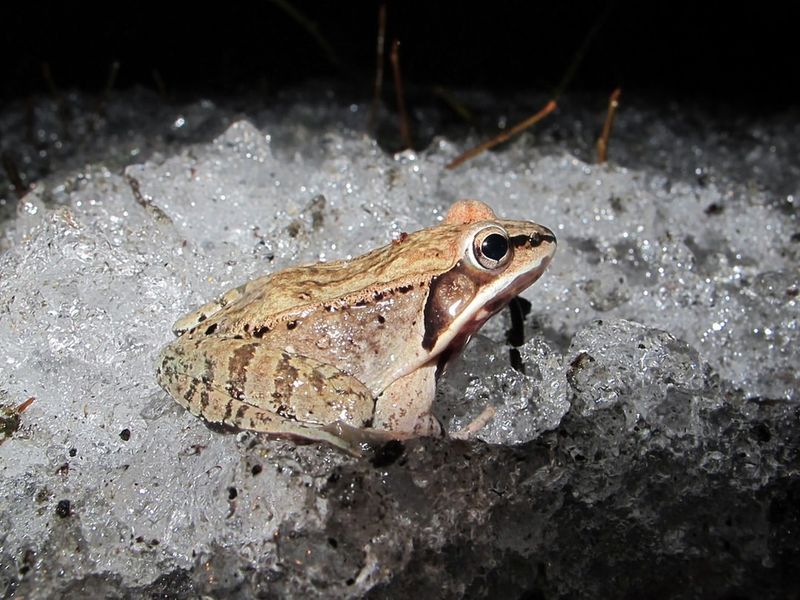
Alaskan wood frogs possess a unique ability that could enable their survival in a nuclear apocalypse: they can freeze solid and come back to life. These amphibians can withstand the harsh Arctic winters by entering a state of suspended animation.
During this frozen state, their bodily functions nearly stop, and they survive without oxygen or food. This remarkable adaptation would be invaluable in a world where resources are scarce and temperatures fluctuate.
Once conditions improve, Alaskan wood frogs thaw and resume their normal activities, showcasing incredible resilience. Their ability to hibernate and endure extreme cold makes them potential survivors of nuclear-induced climate changes.
The survival of Alaskan wood frogs would illustrate the power of unique adaptations in overcoming environmental extremes. Their presence would be a testament to life’s ability to triumph against the odds.
17. Sea Urchins
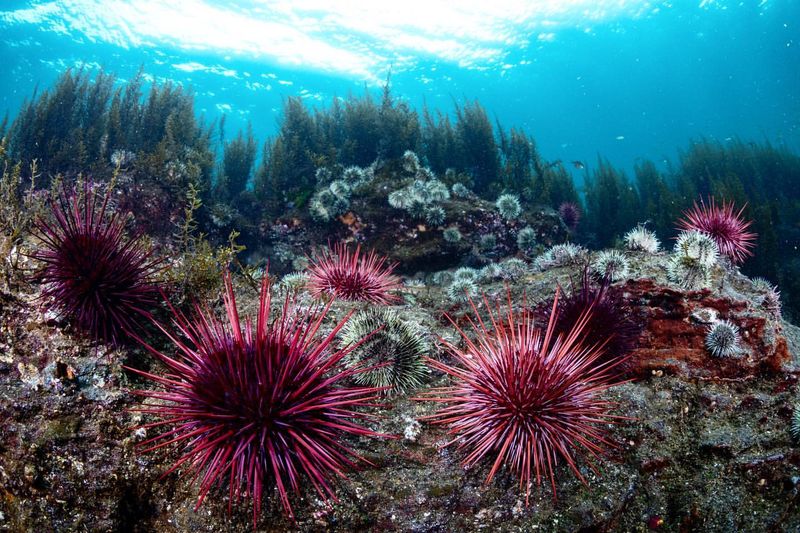
Sea urchins, with their rugged exterior and adaptability, are well-positioned to survive a nuclear apocalypse. These marine invertebrates are capable of thriving in various ocean environments, from coral reefs to rocky shores.
Their spiny shells provide protection from predators and harsh conditions, while their ability to graze on algae ensures a steady food supply even in depleted ecosystems. Sea urchins play a vital role in maintaining marine biodiversity by controlling algae growth.
In a post-apocalyptic world, their resilience to pollution and changing ocean conditions would enable them to endure. Their presence would help sustain marine ecosystems and support other marine life forms.
The survival of sea urchins would highlight the importance of adaptability and ecological balance in the face of a nuclear disaster. Their enduring existence would underscore the interconnectedness of ocean life.
18. American Alligators
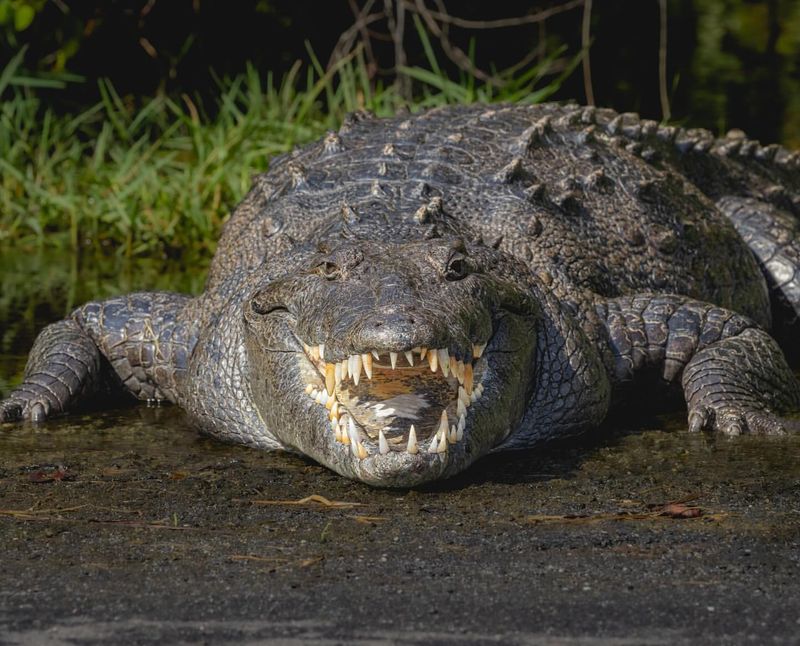
American alligators, with their formidable appearance and adaptability, could be tenacious survivors in a nuclear apocalypse. These reptiles are well-suited to a wide range of freshwater habitats, from swamps to rivers.
Their carnivorous diet allows them to prey on various animals, ensuring a steady food supply even when preferred prey is scarce. Alligators are known for their longevity and resilience to environmental changes.
With powerful jaws and protective scales, they are well-equipped to defend themselves from threats. Their ability to regulate body temperature and endure varying climates enhances their survival prospects.
The survival of American alligators would highlight the importance of adaptability and strength in overcoming the challenges of a nuclear apocalypse. Their presence would symbolize the enduring spirit of life in its most rugged forms.
19. Woodlice
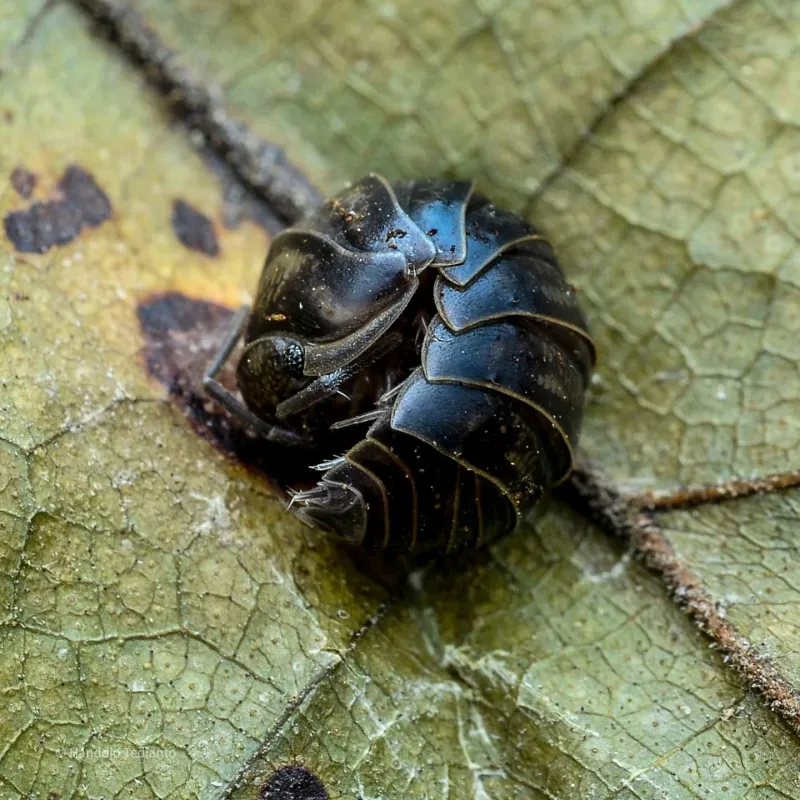
Woodlice, commonly found in damp environments, are crustaceans that have adapted to terrestrial life. Their armored exoskeleton provides protection from predators and environmental changes.
They play a crucial role in the ecosystem by breaking down decaying organic matter, thus promoting nutrient cycling. Woodlice can thrive in damp and dark conditions, making them likely survivors in a post-apocalyptic world where such habitats might prevail.
Their ability to roll into a ball when threatened minimizes water loss and offers added protection. These humble creatures demonstrate resilience through simple yet effective survival strategies.
20. Bristle Worms
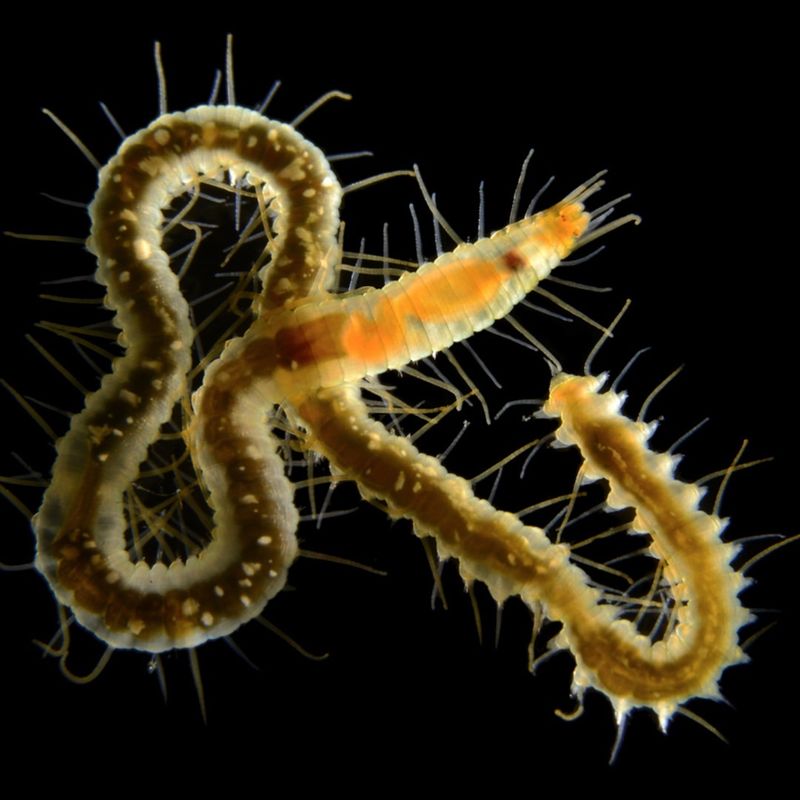
Bristle worms are fascinating marine creatures known for their adaptability to various harsh environments. These segmented worms are often found in deep-sea habitats, where they thrive despite high-pressure and low-light conditions.
Their resilience is attributed to their ability to tolerate a wide range of temperatures and their omnivorous diet, which allows them to survive on whatever resources are available. Bristle worms possess bristles on their bodies, aiding in their movement and offering protection against predators.
Their hardy nature makes them potential survivors in post-apocalyptic oceans. These creatures continue to intrigue scientists with their adaptability and survival mechanisms.

